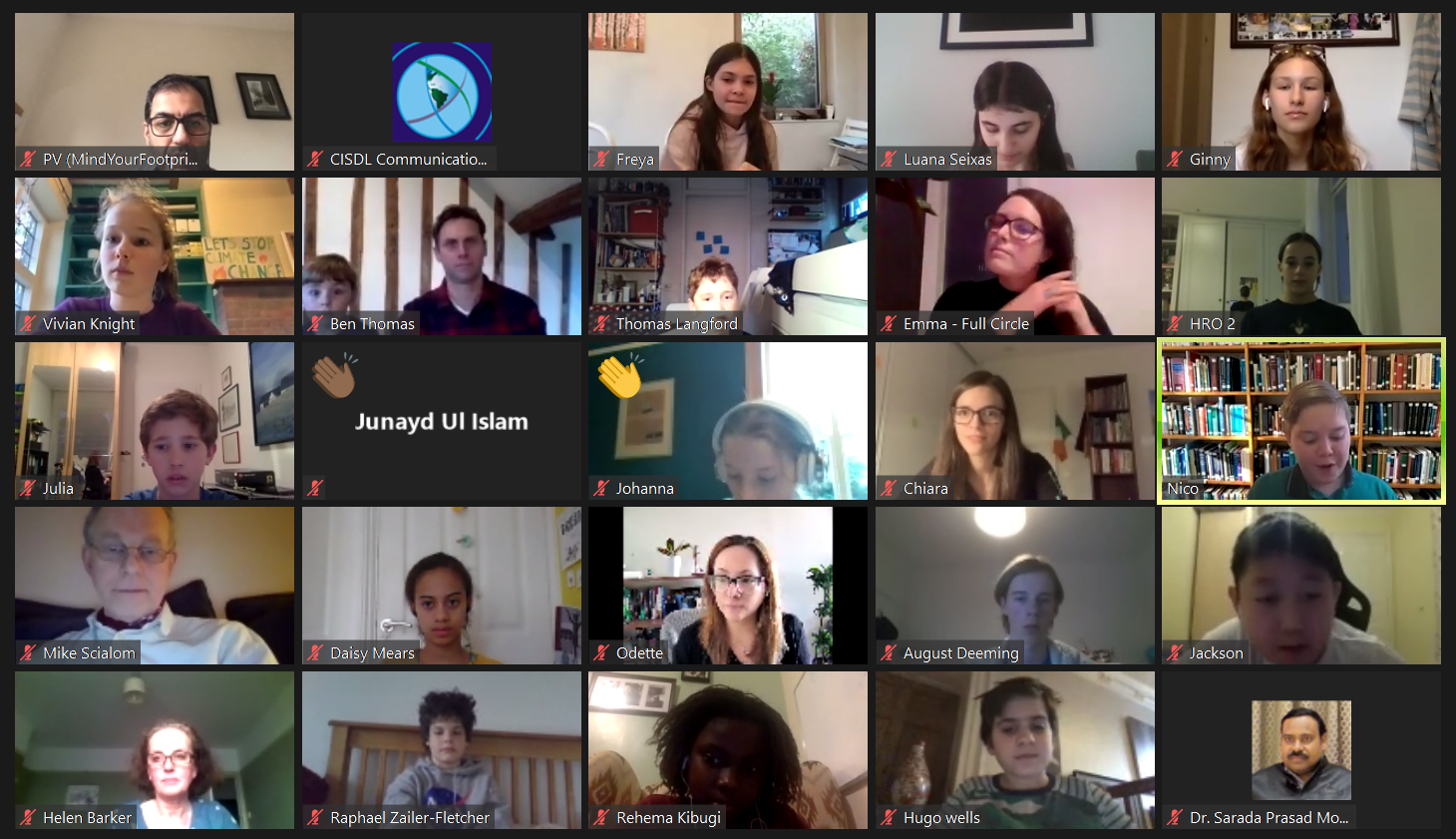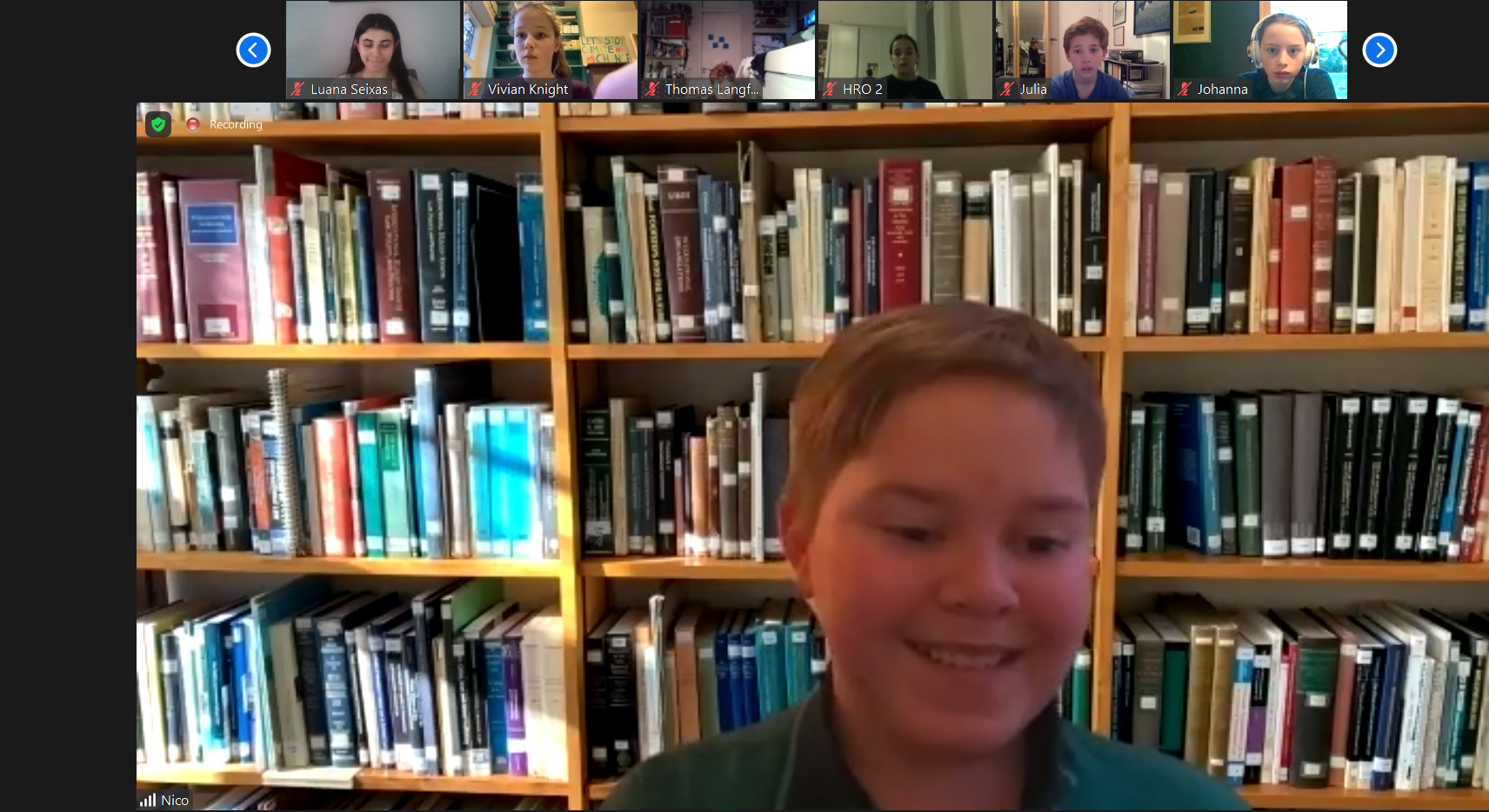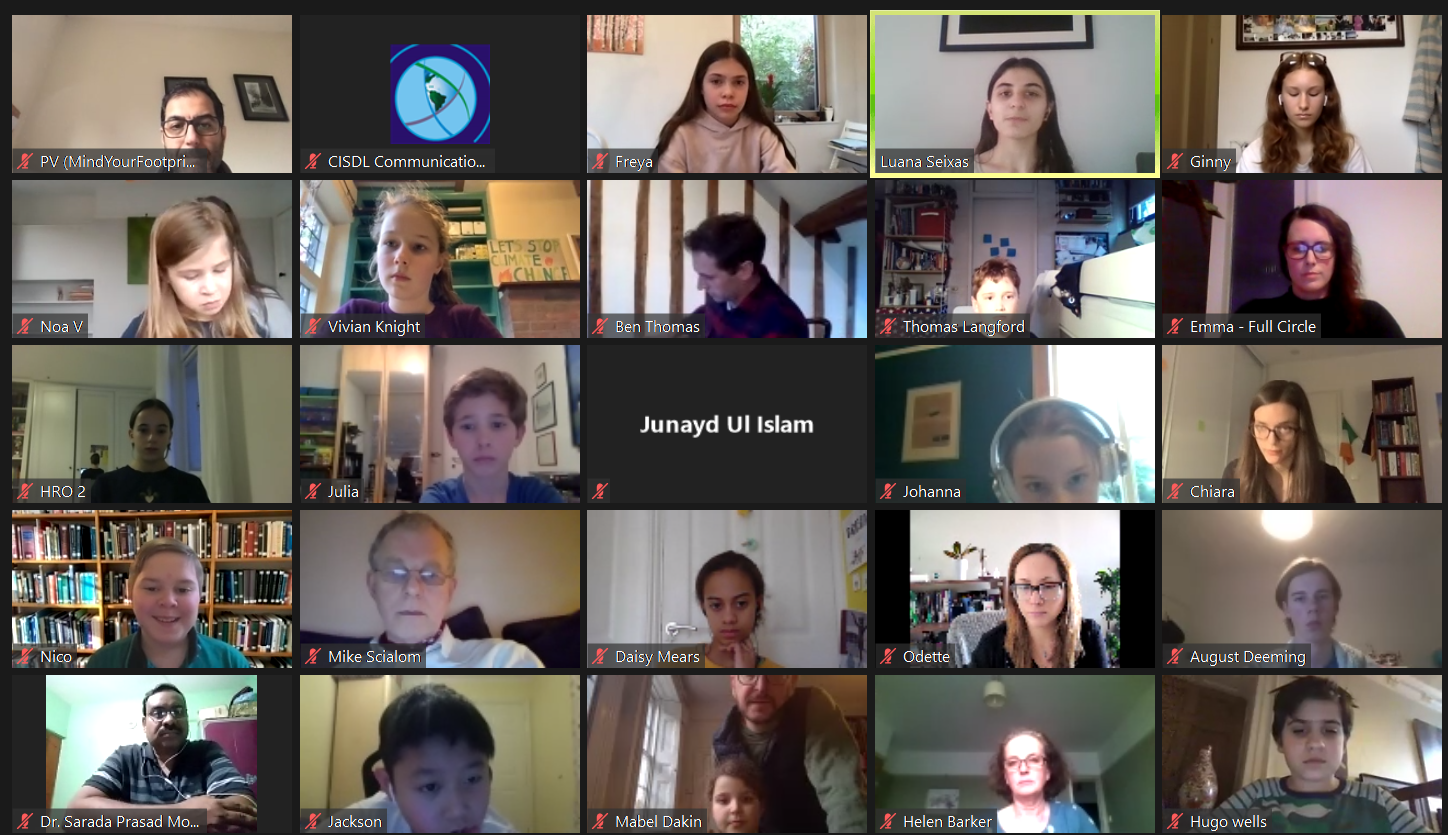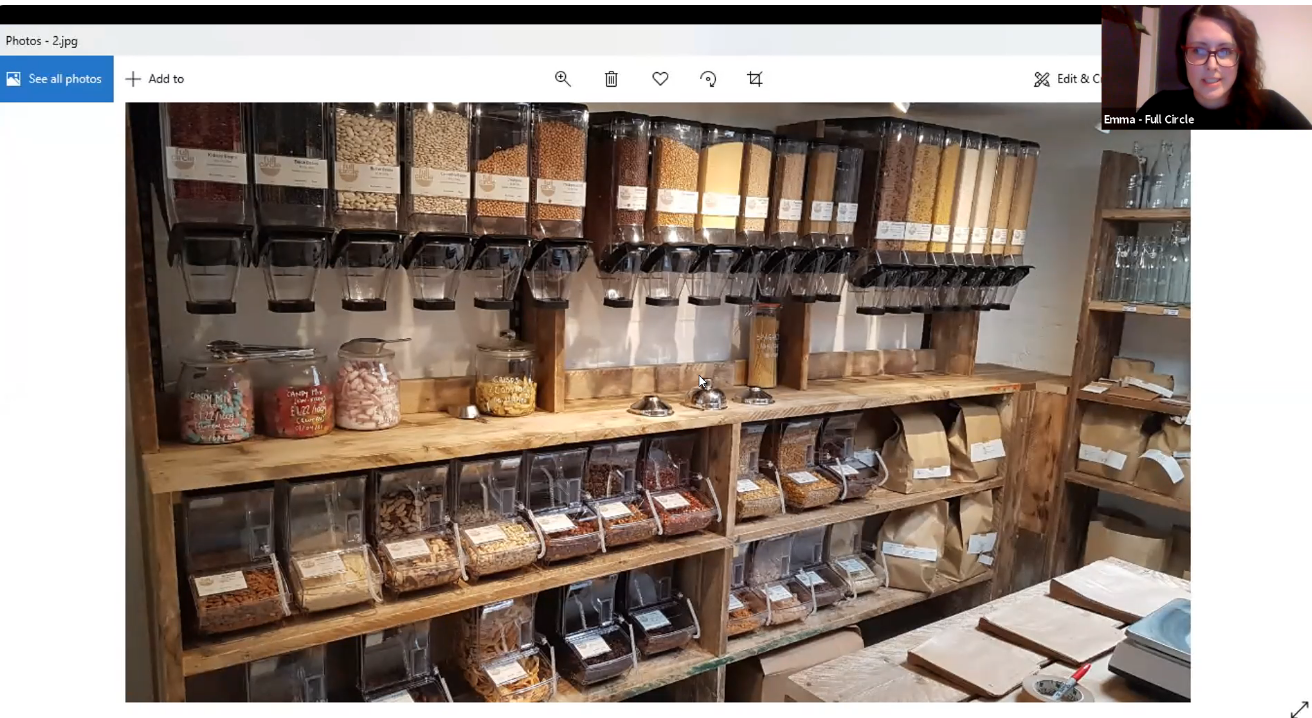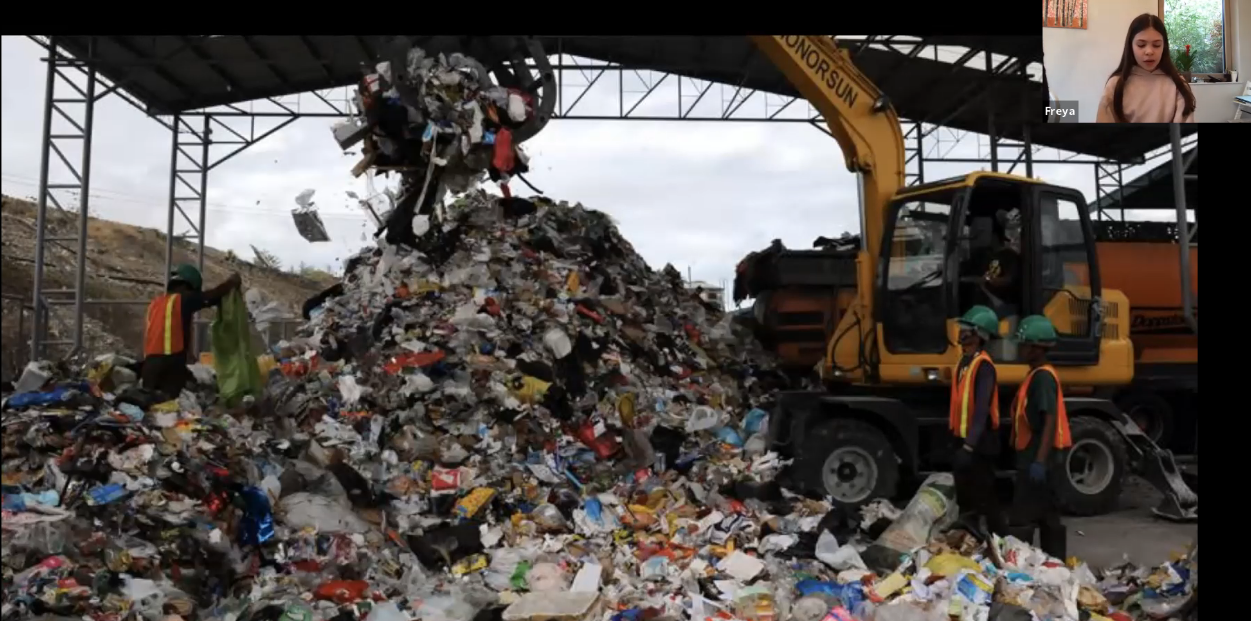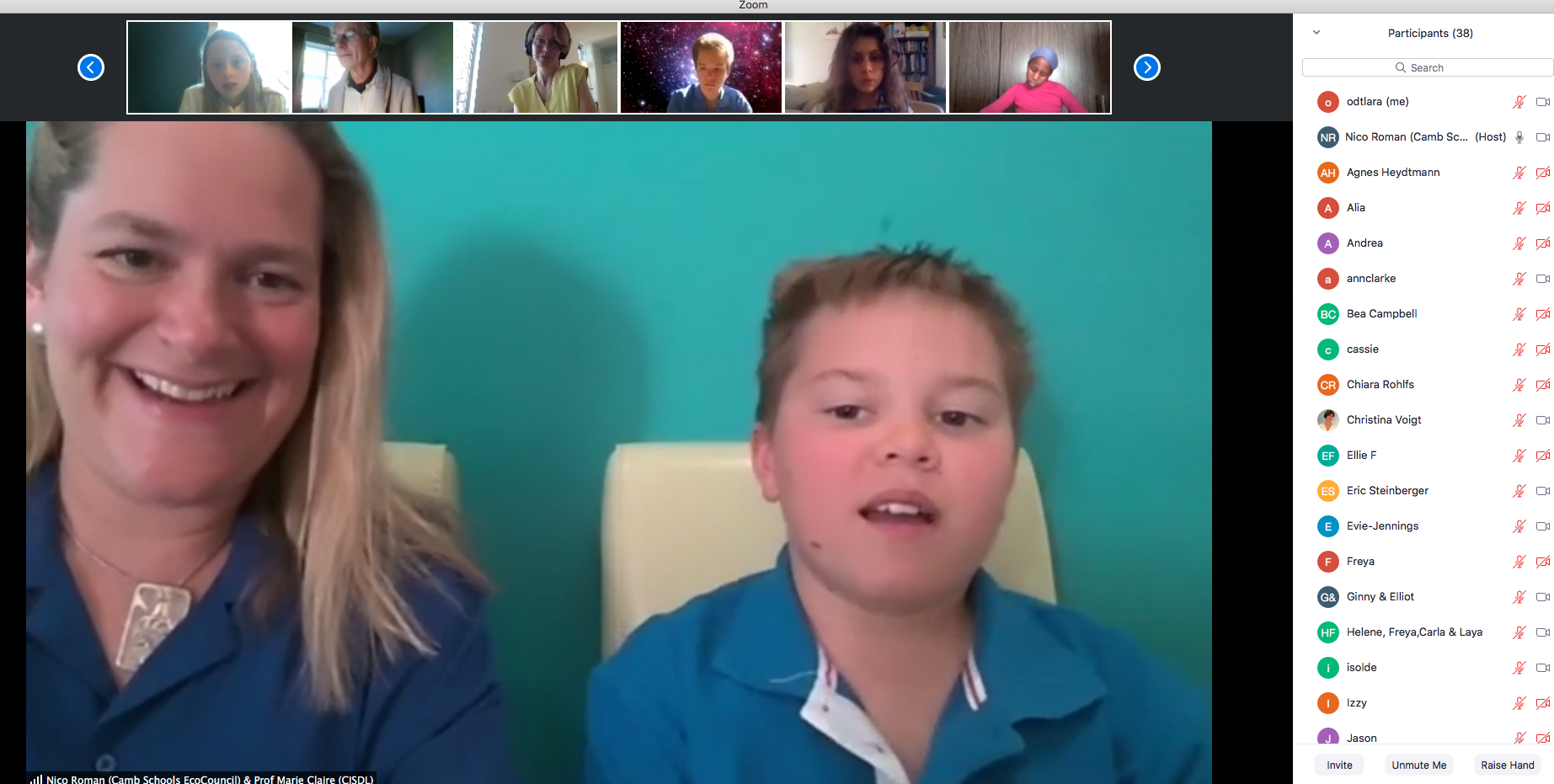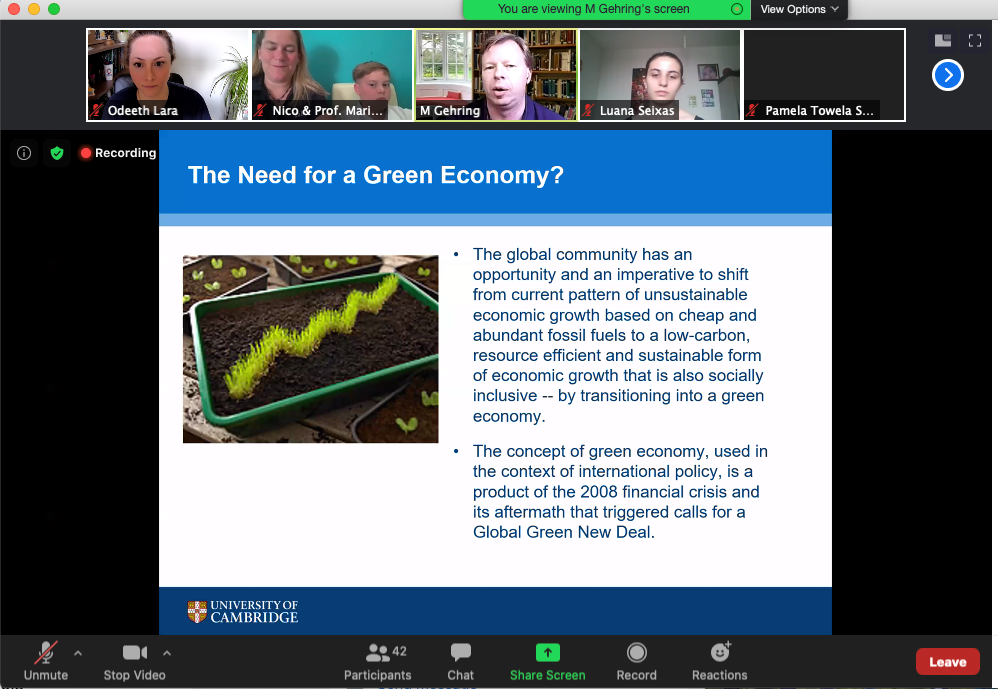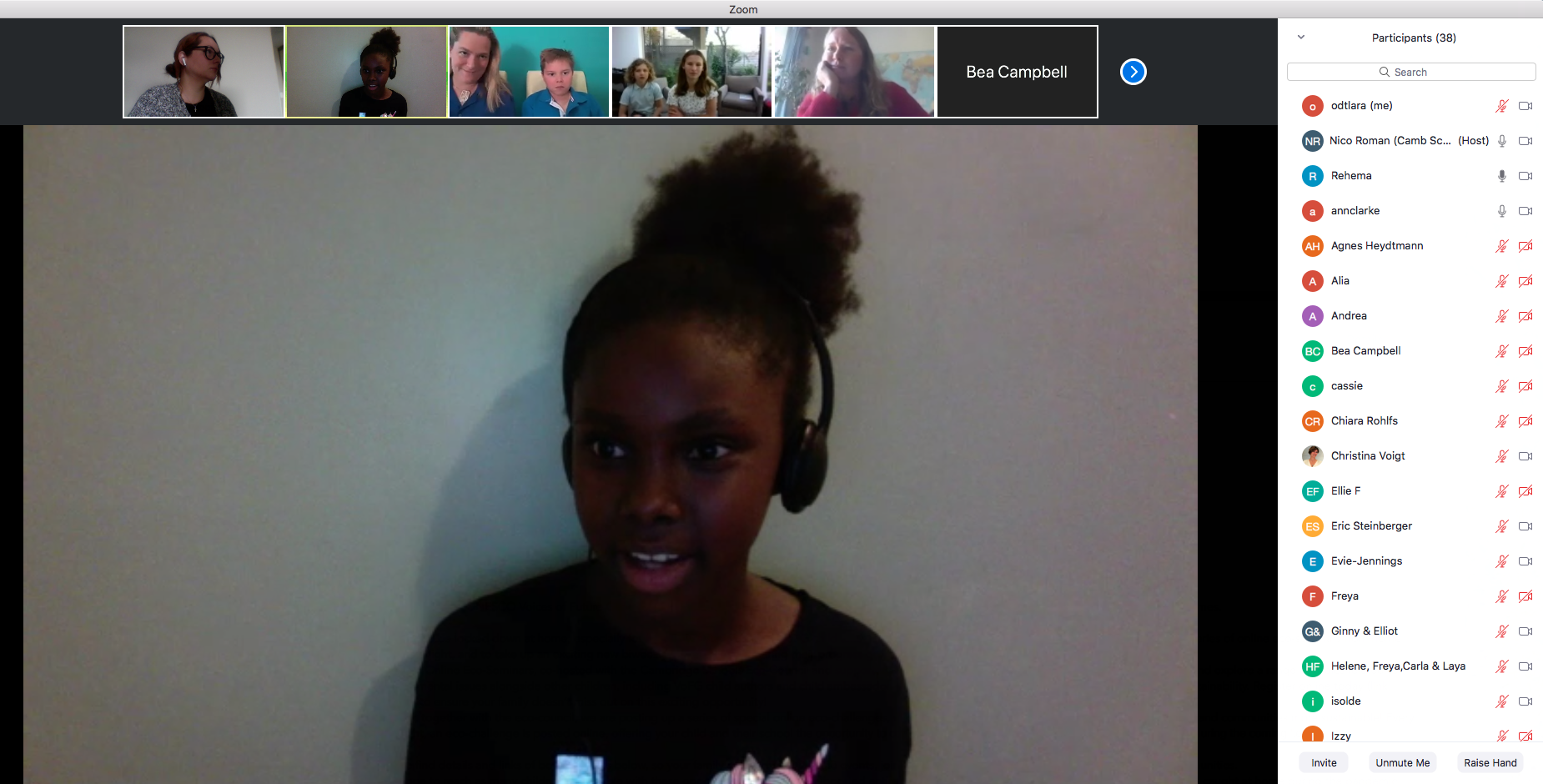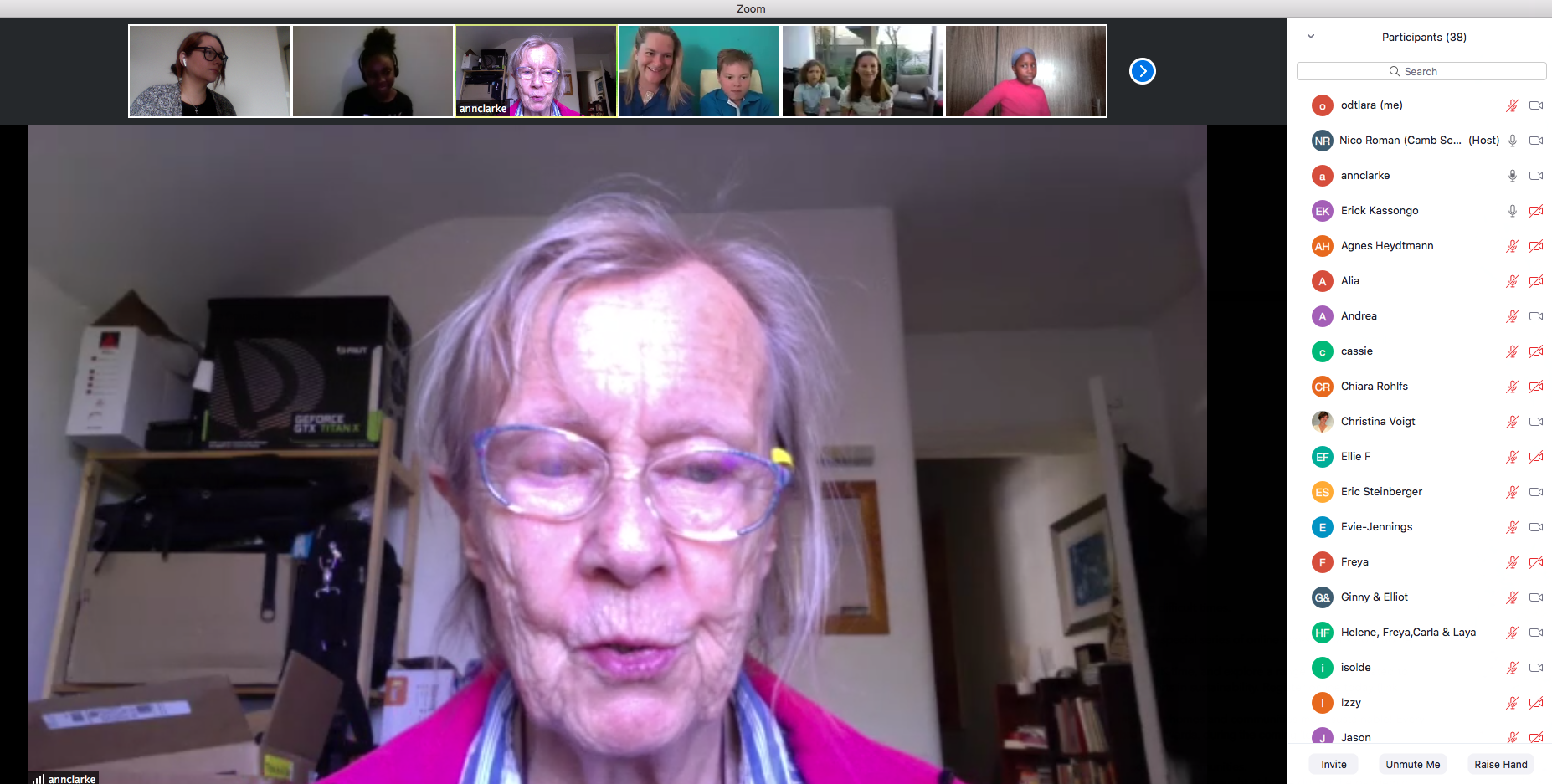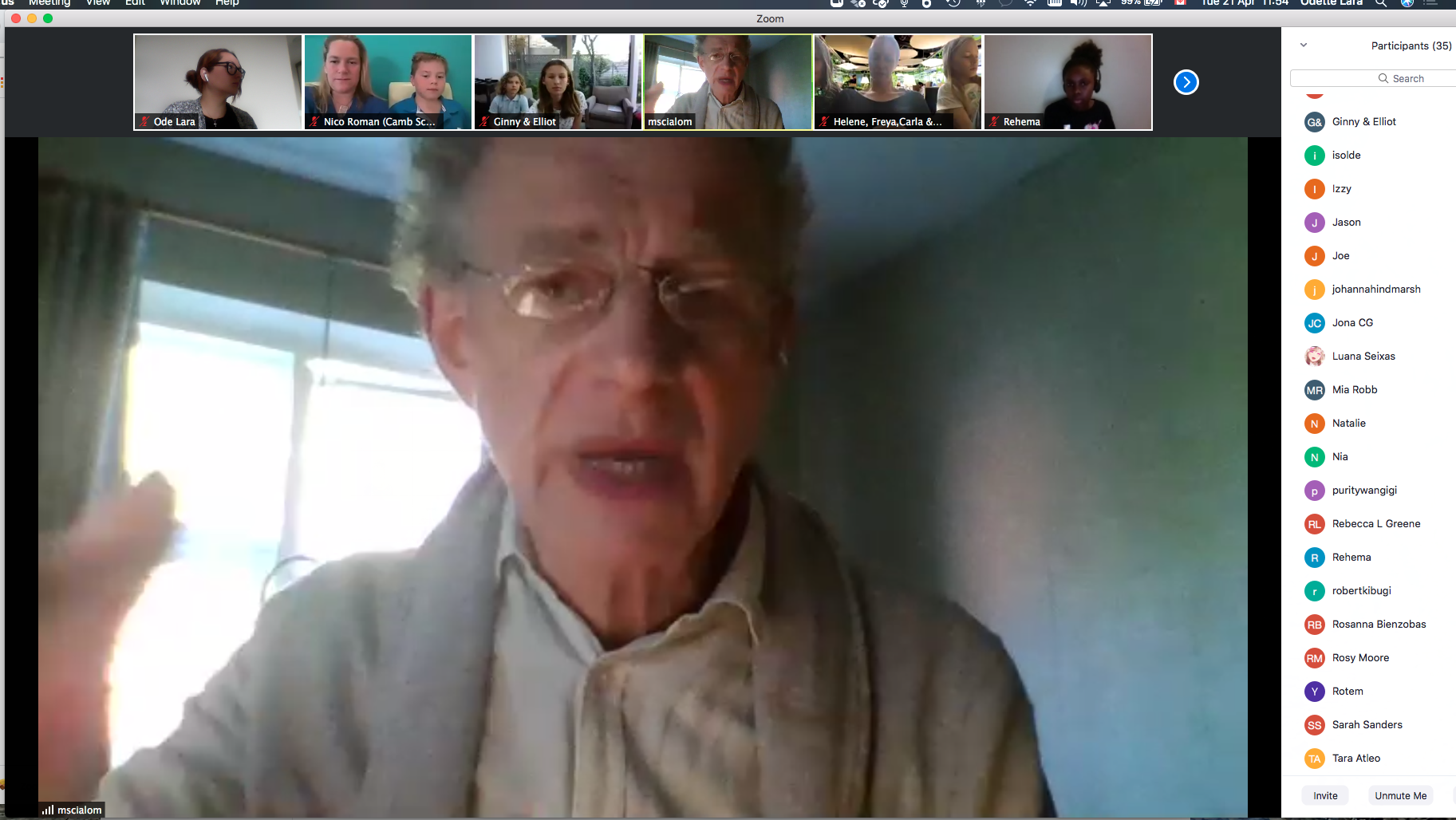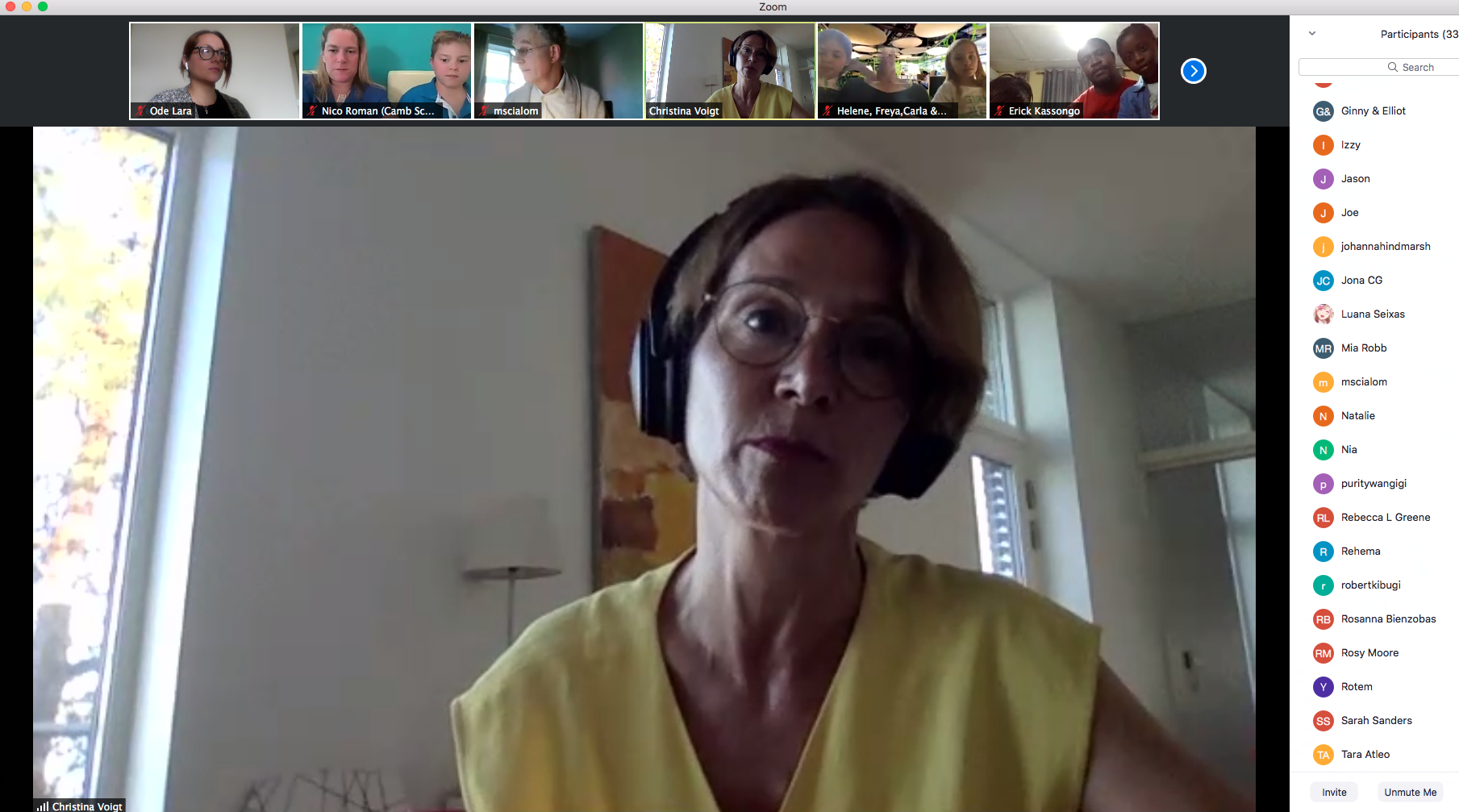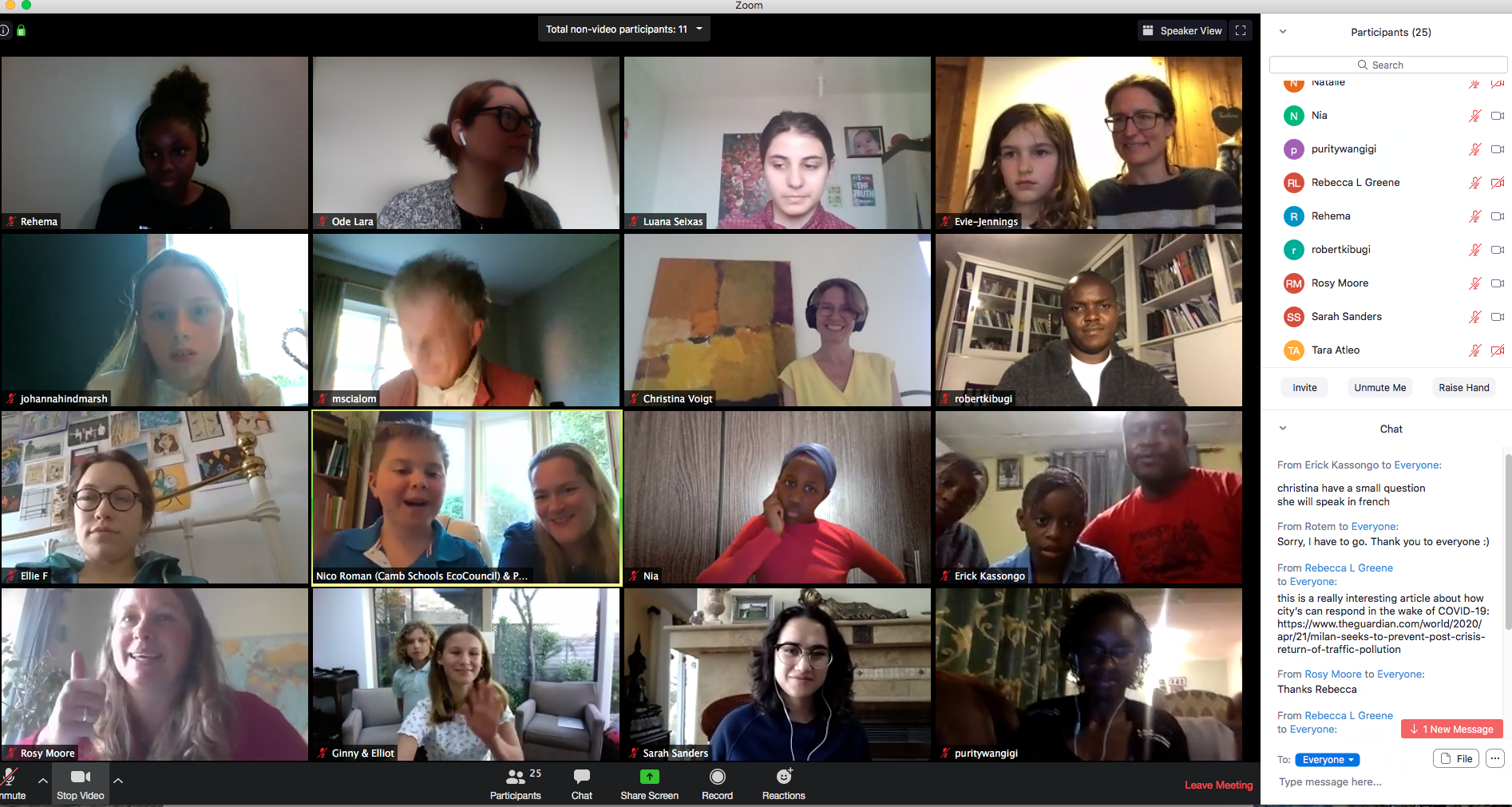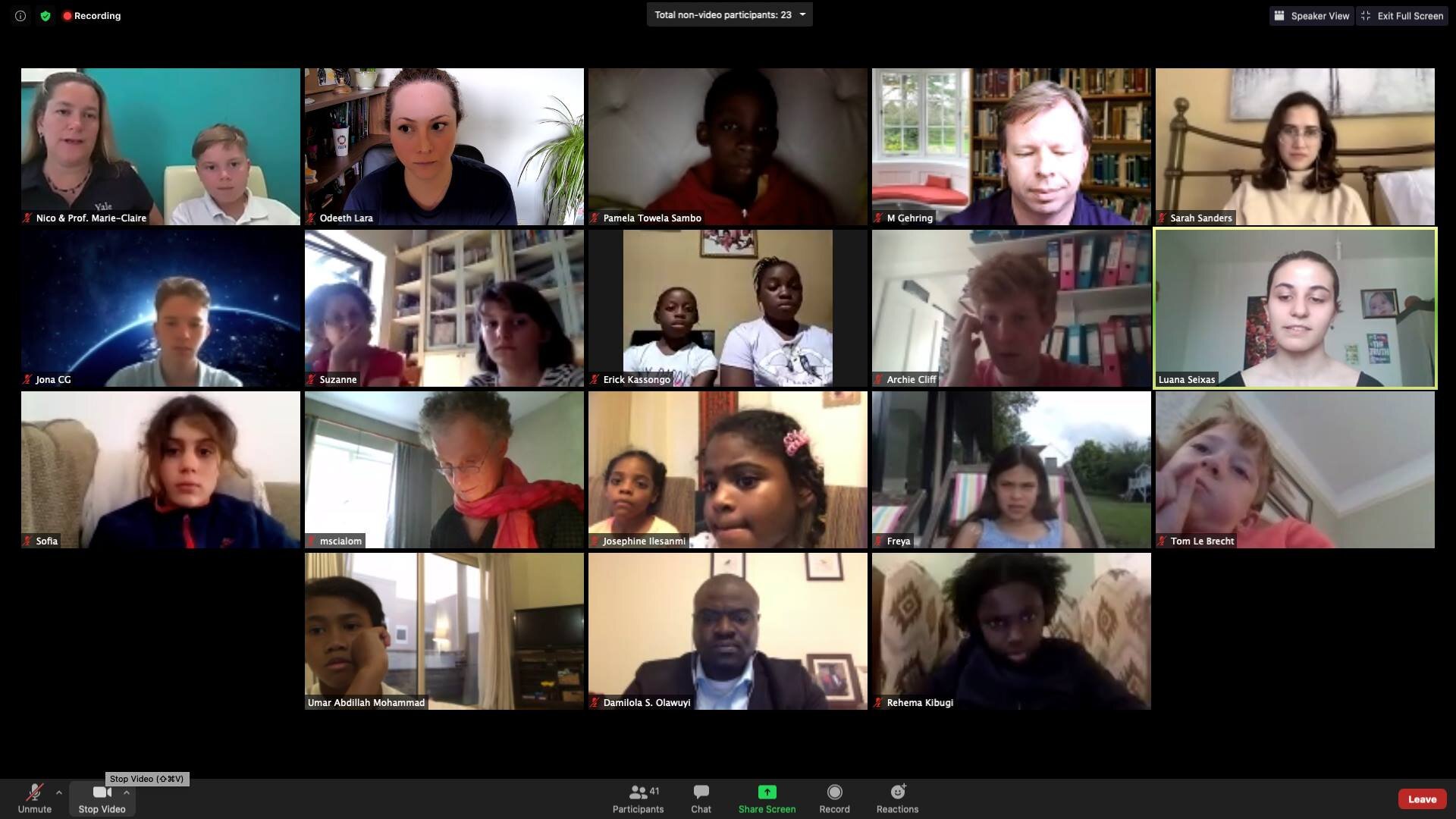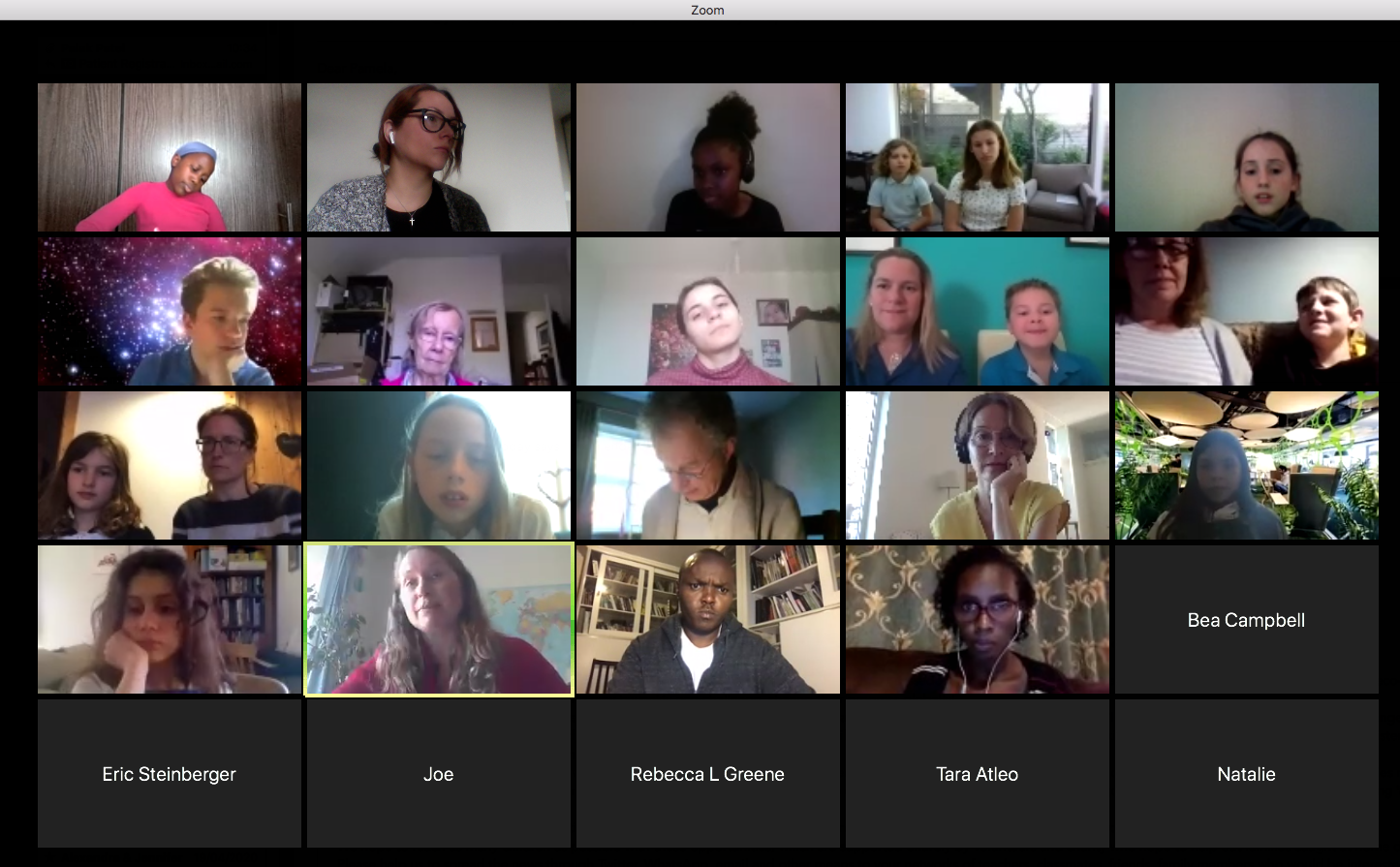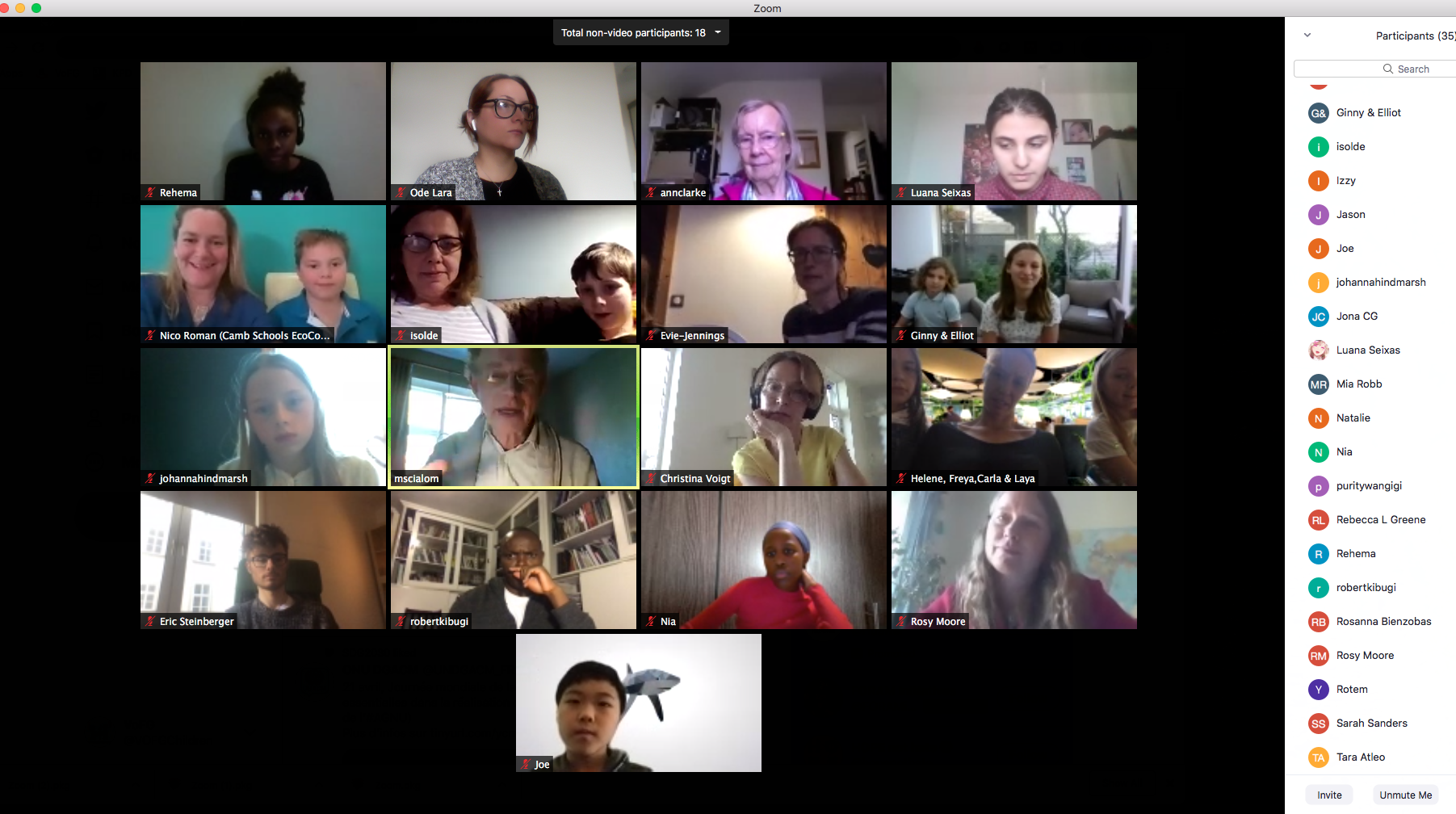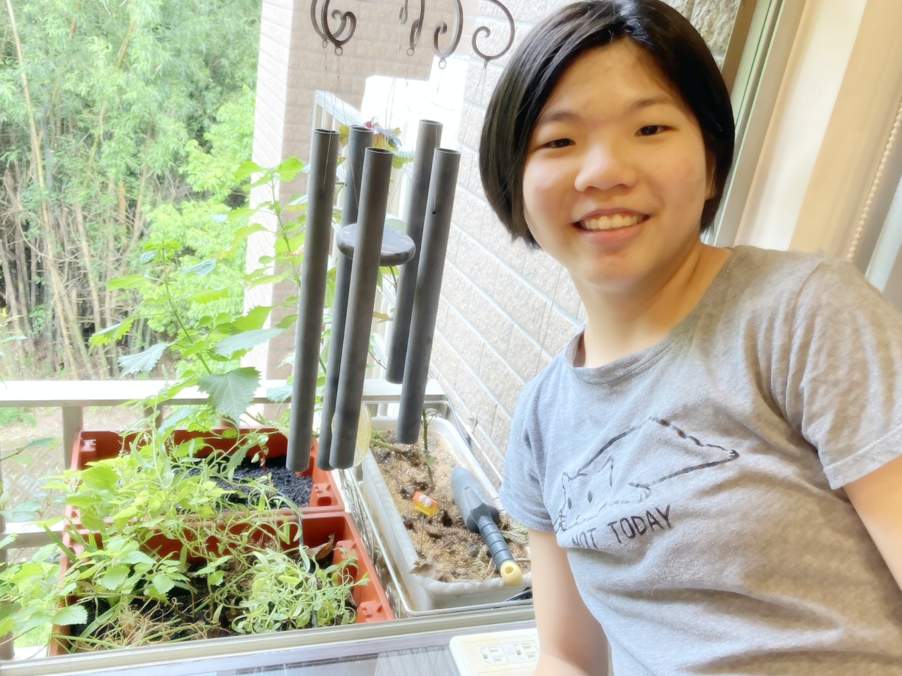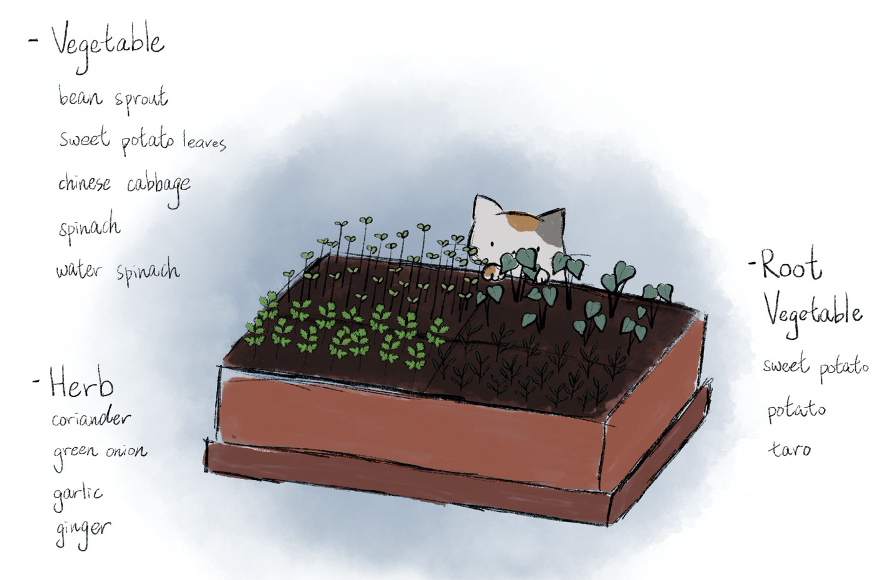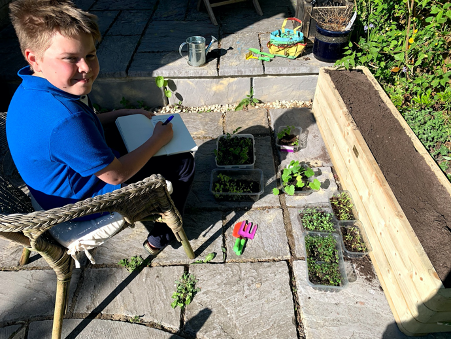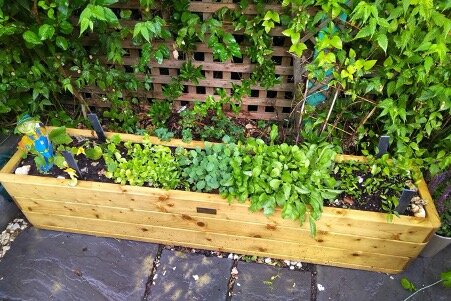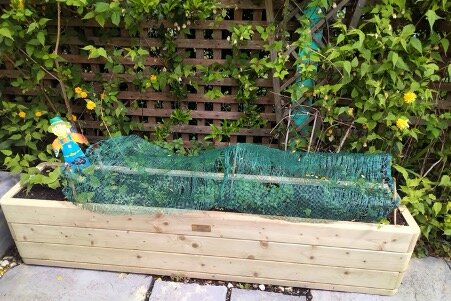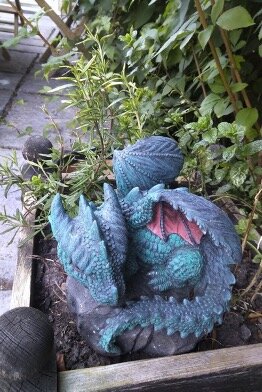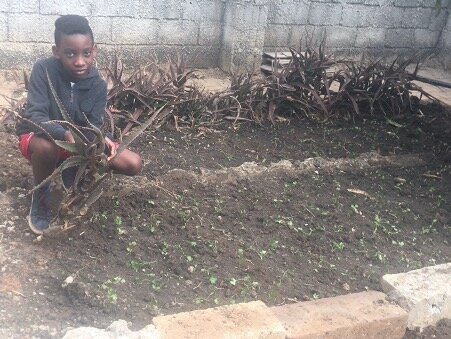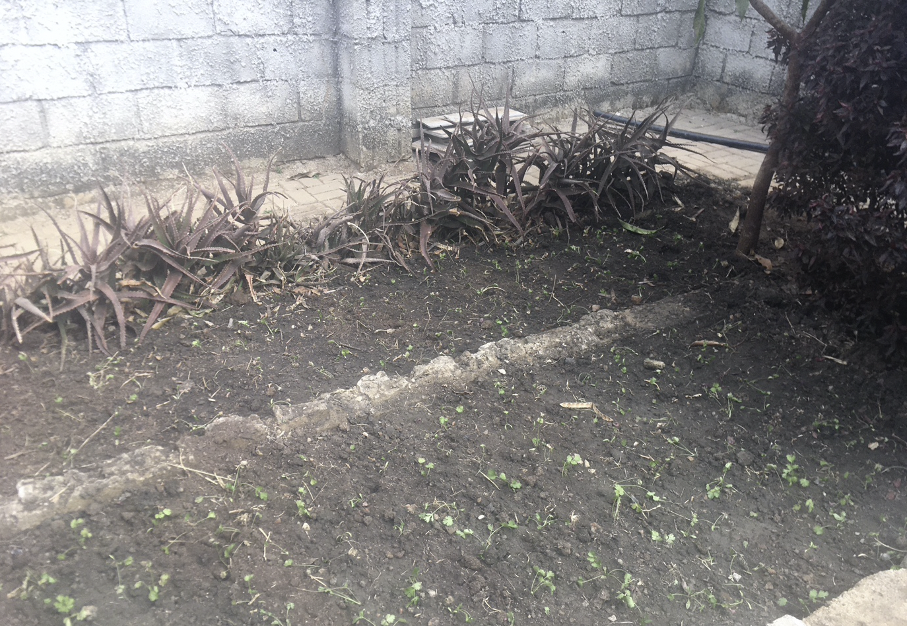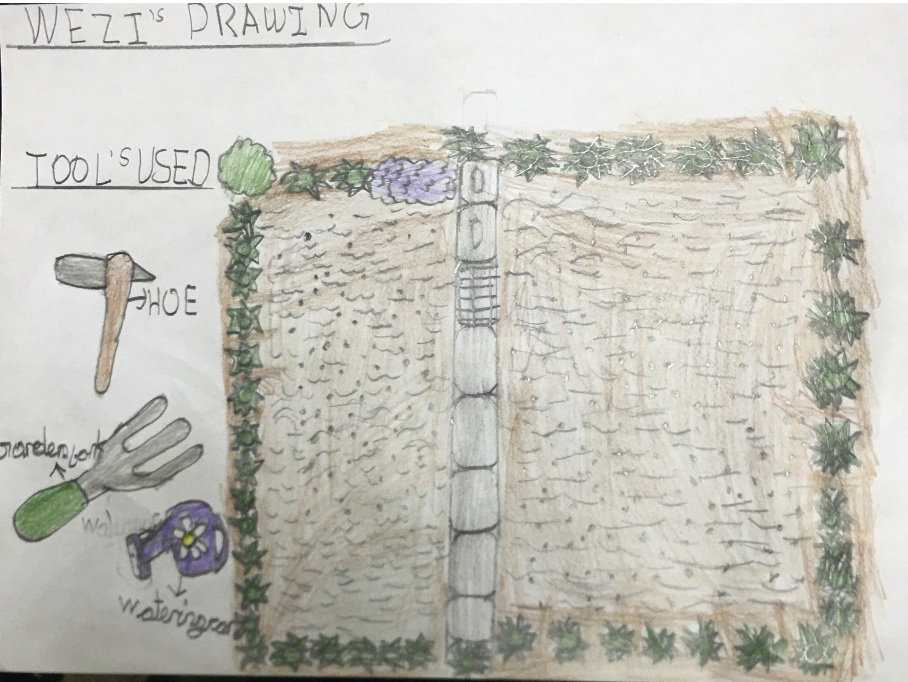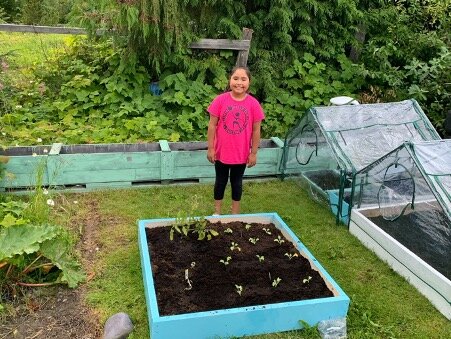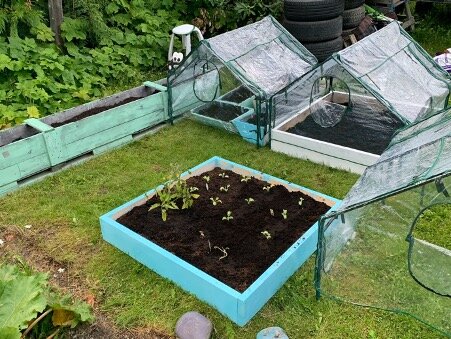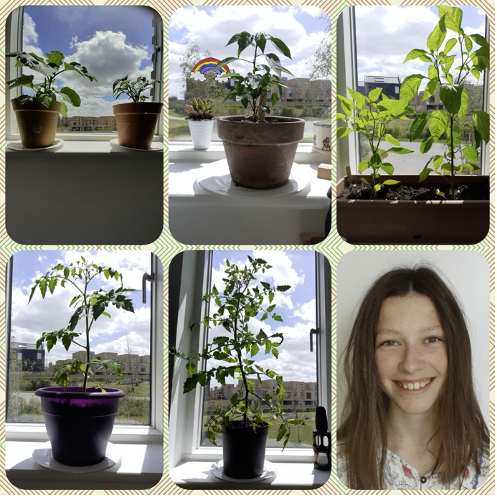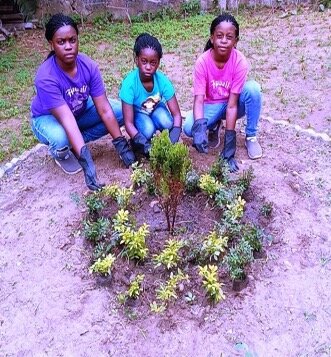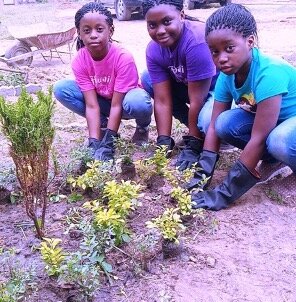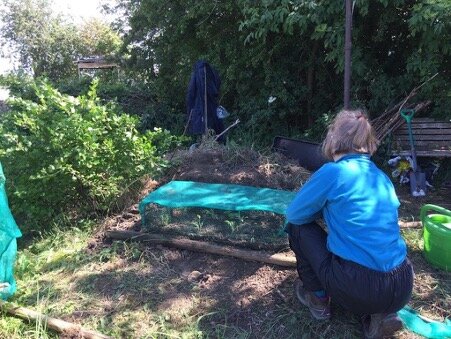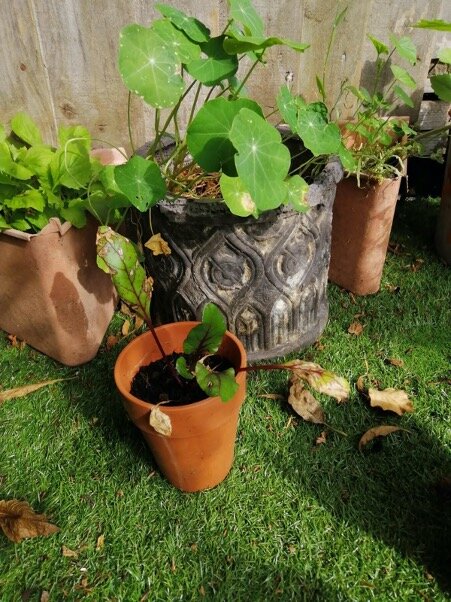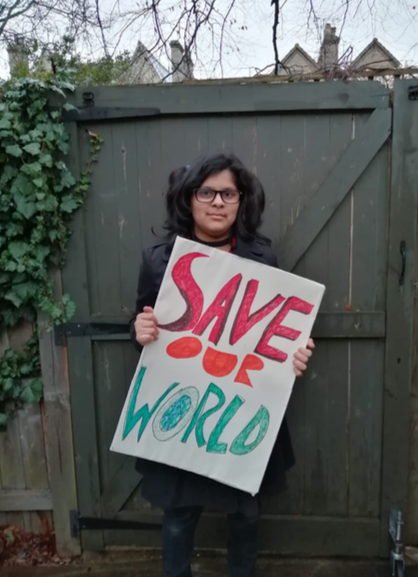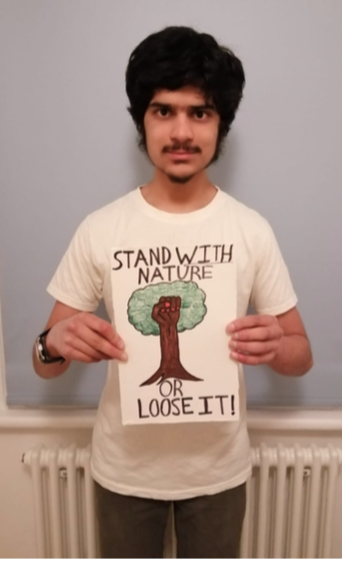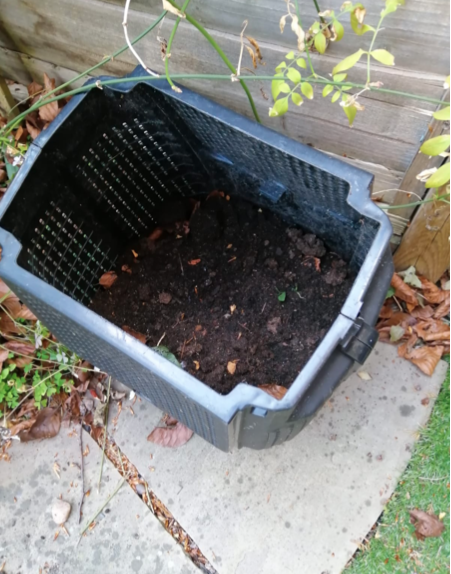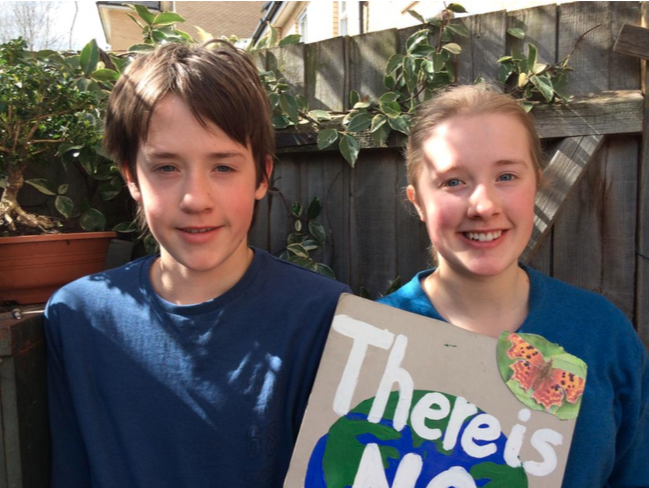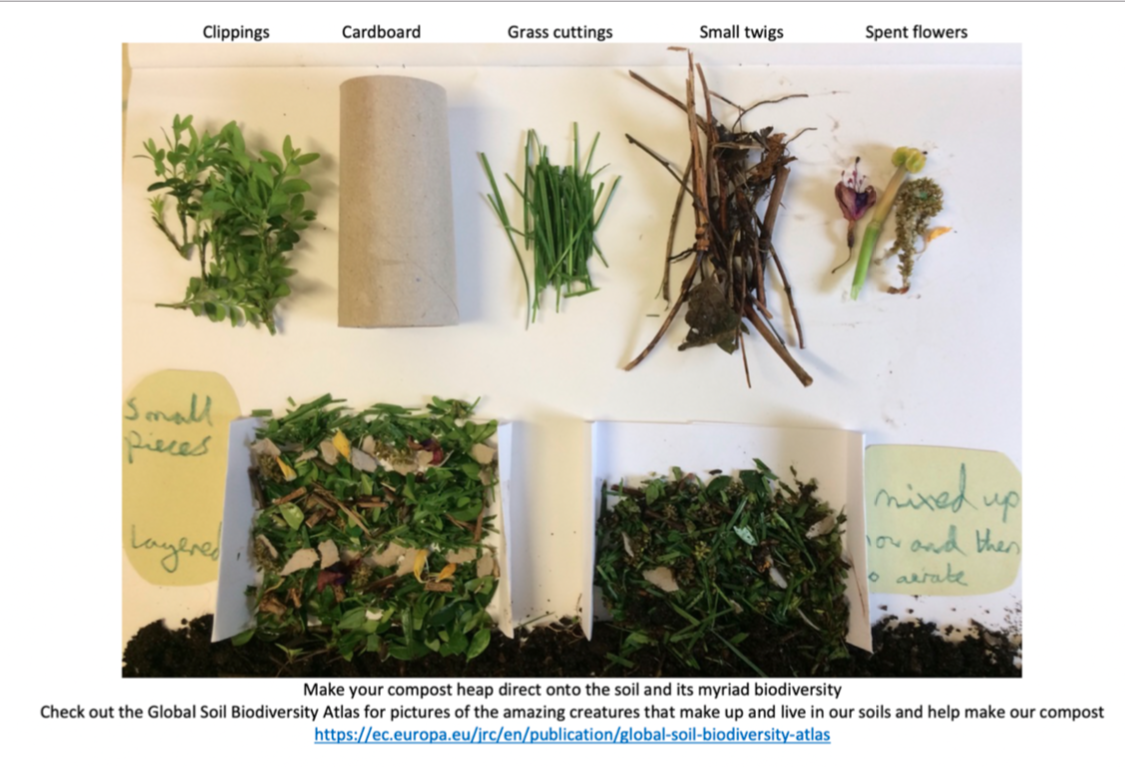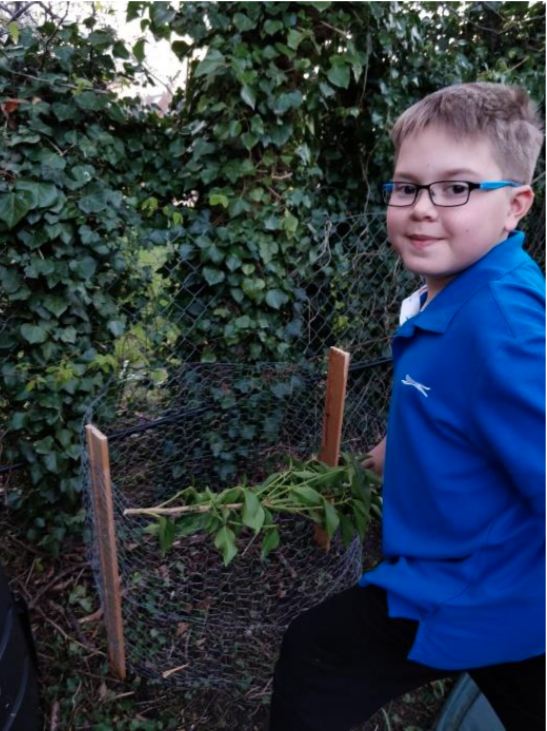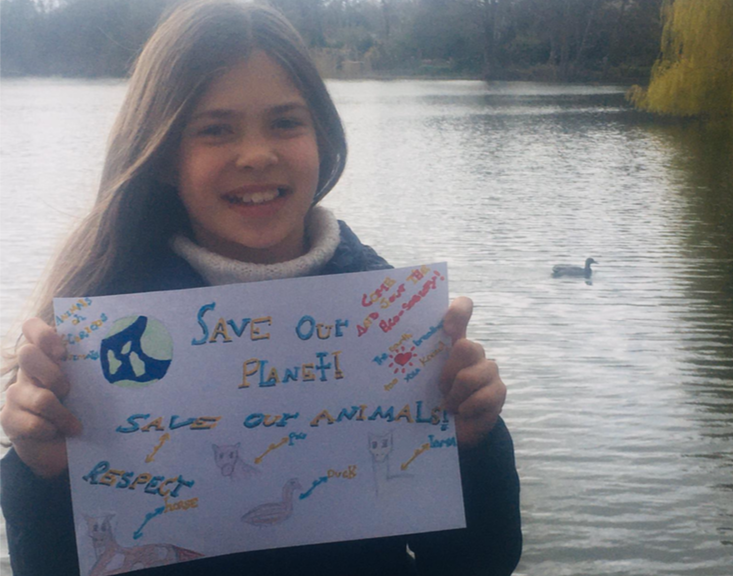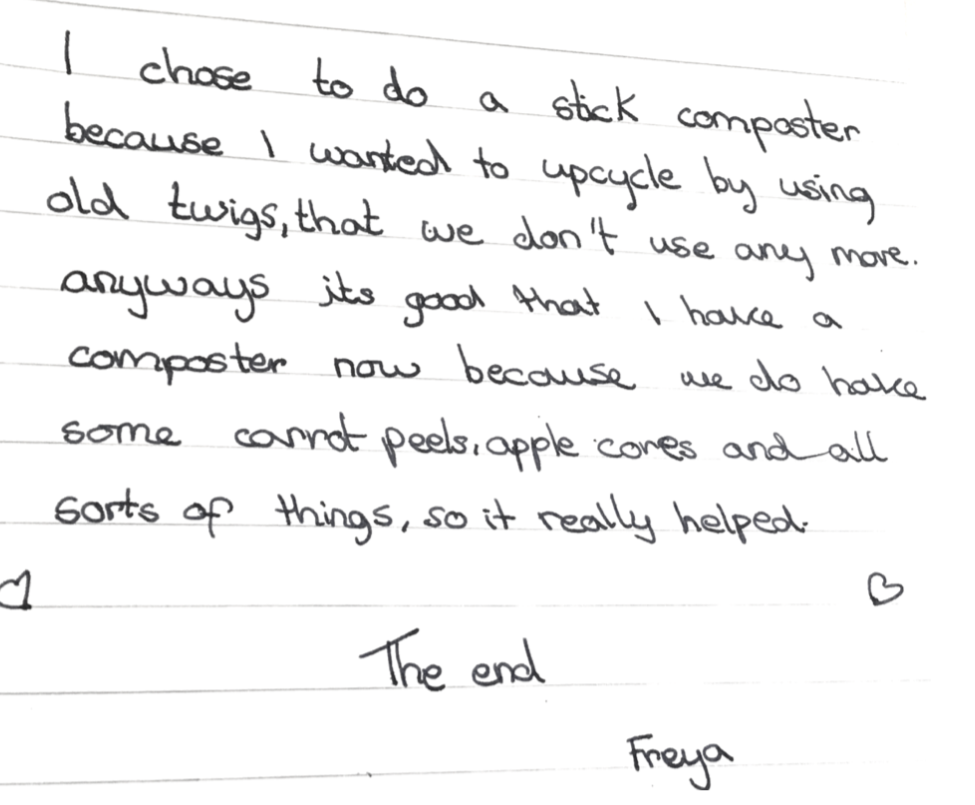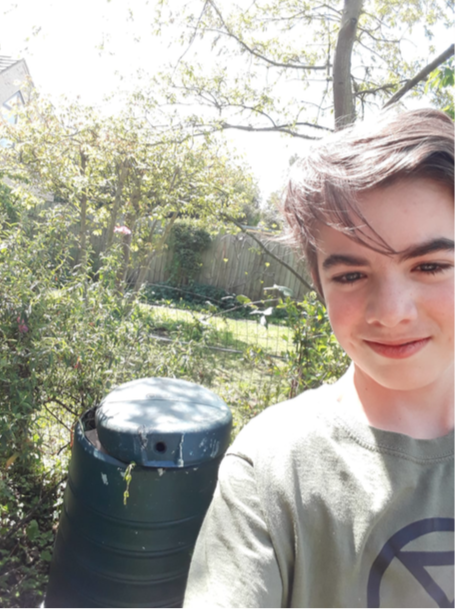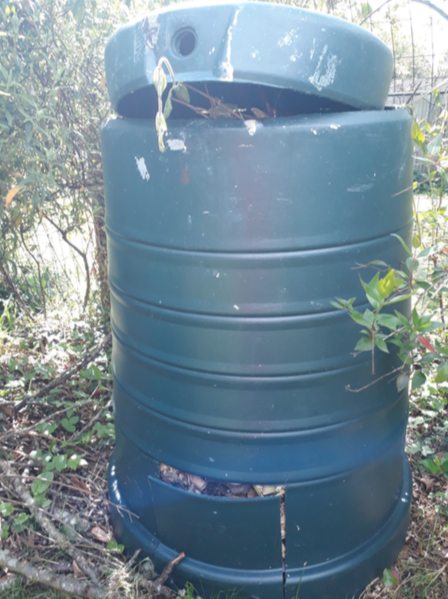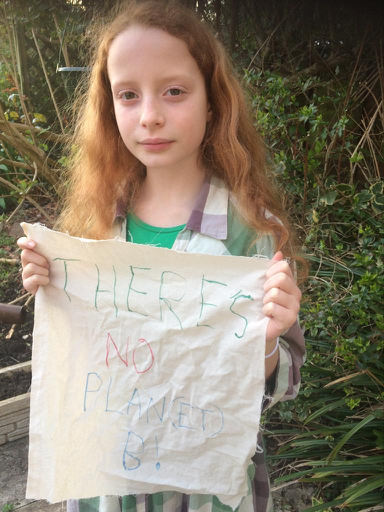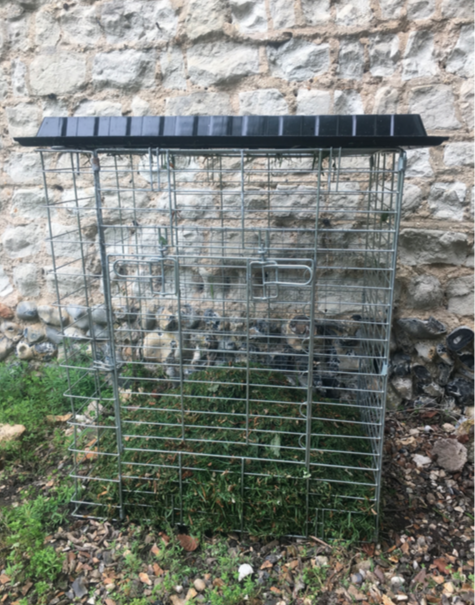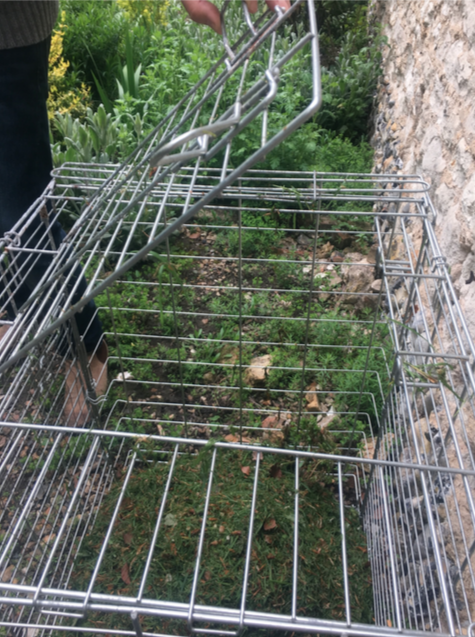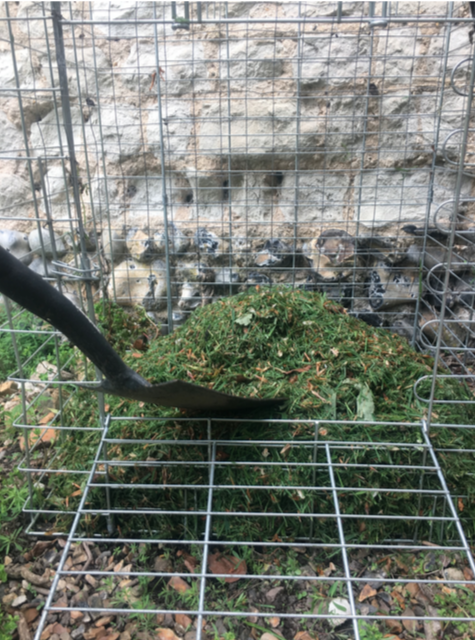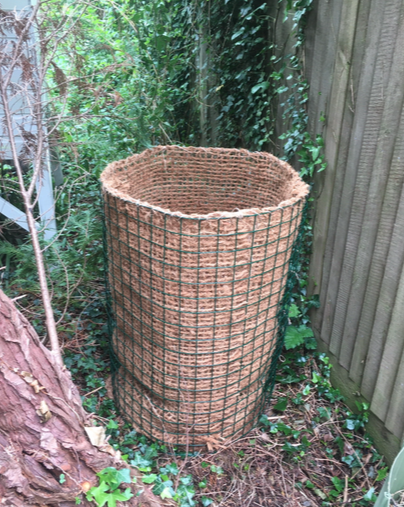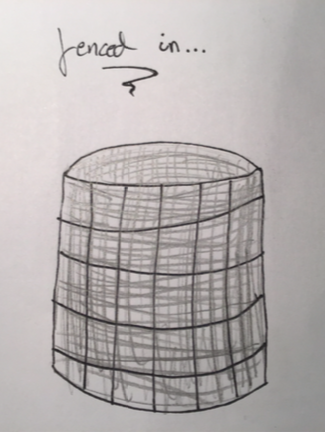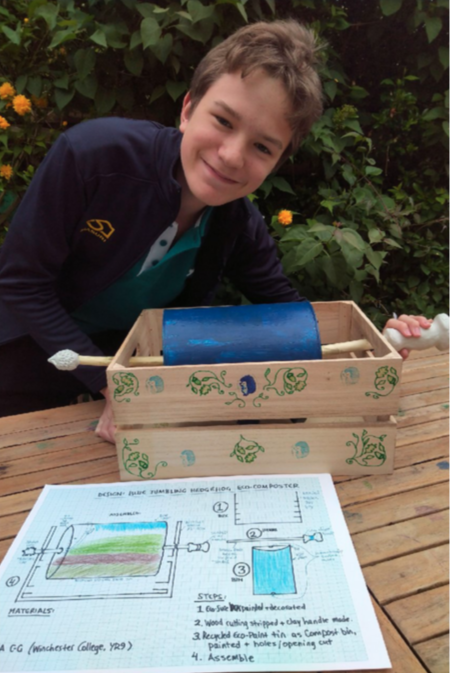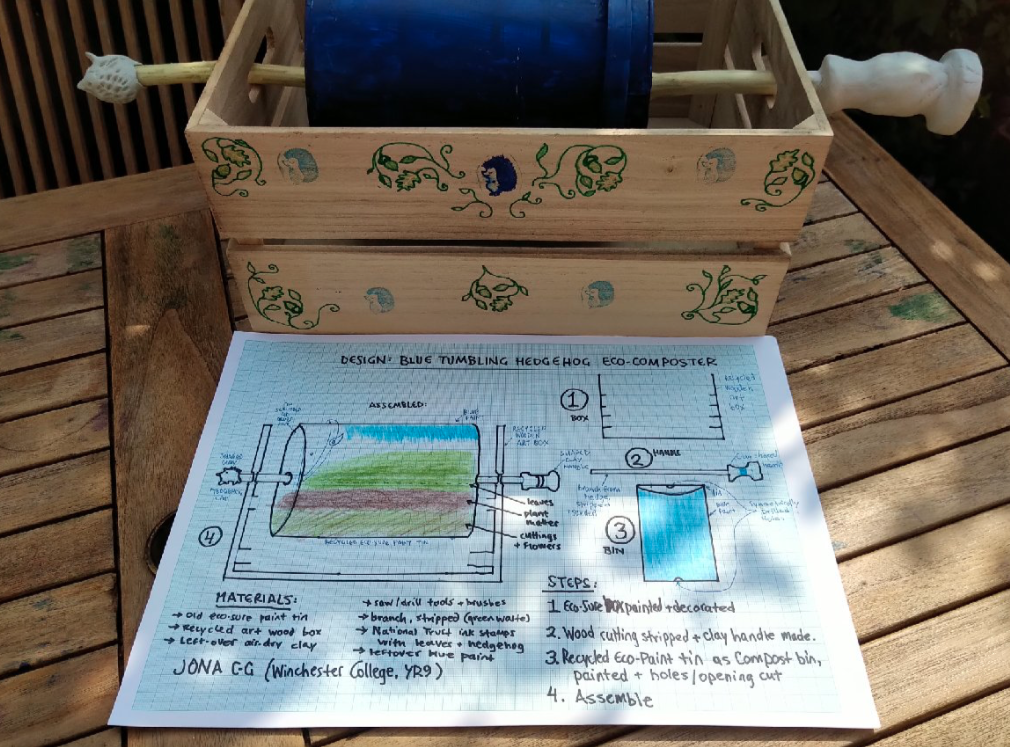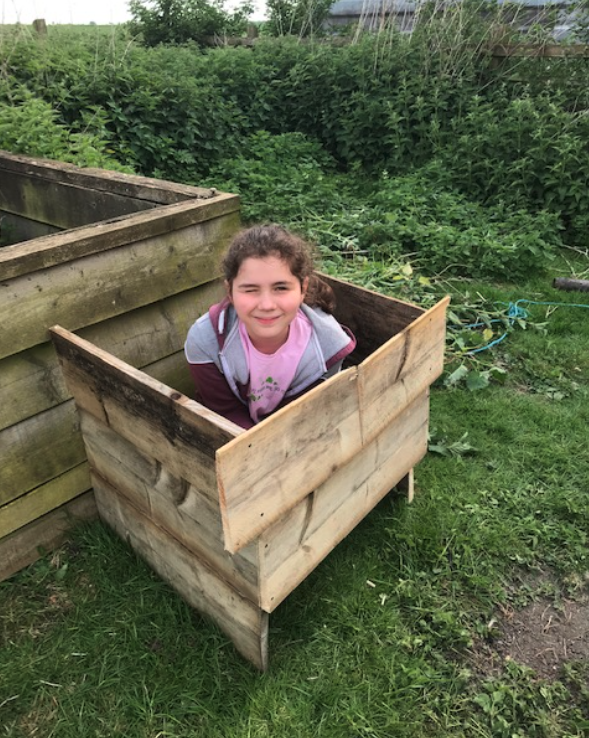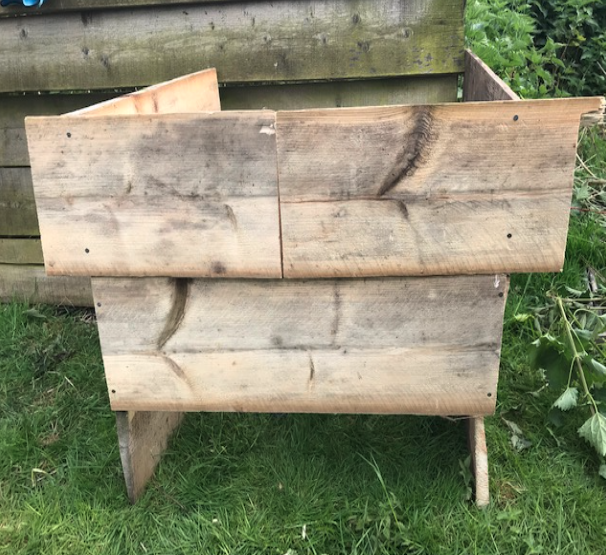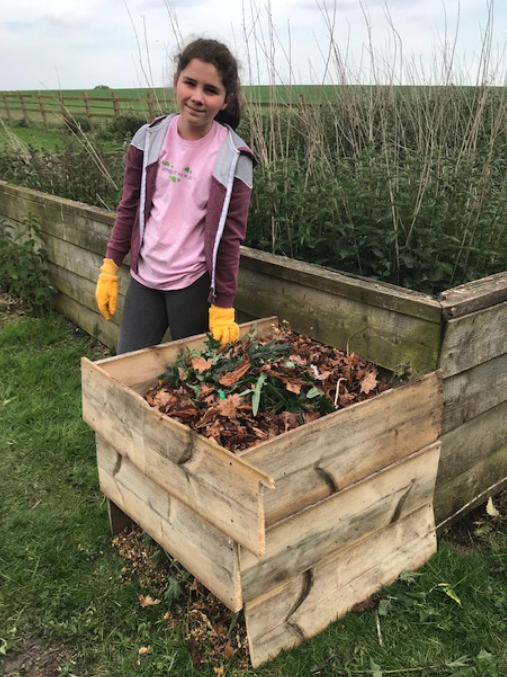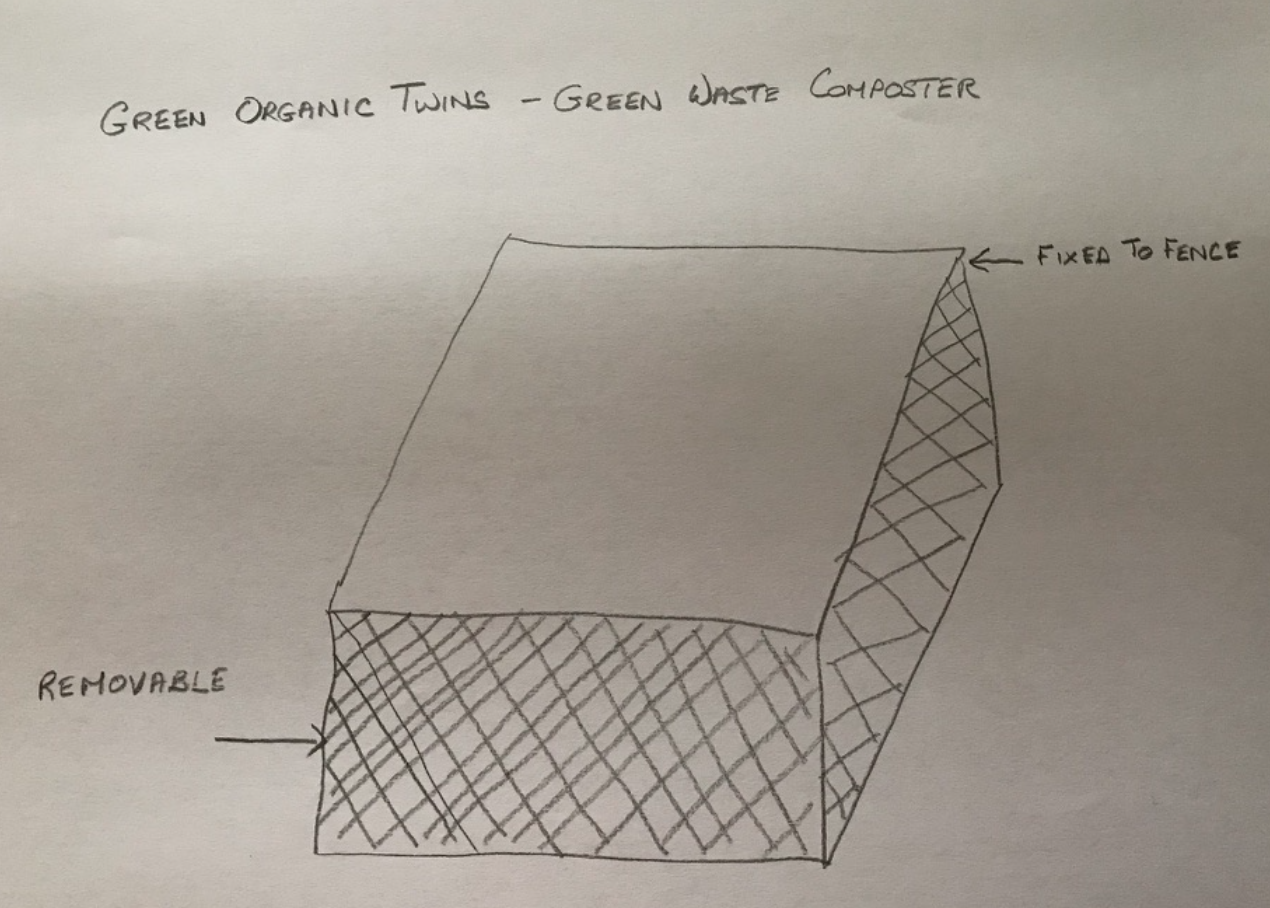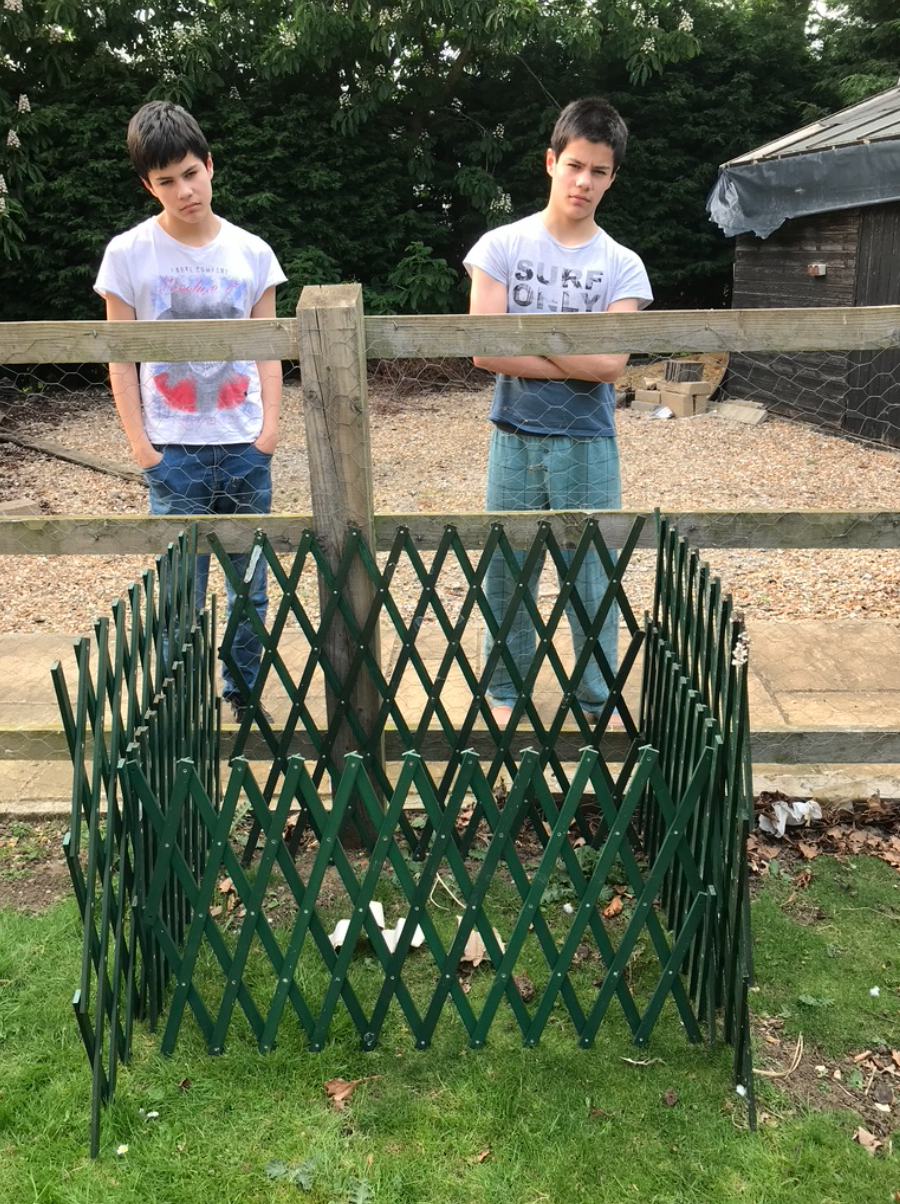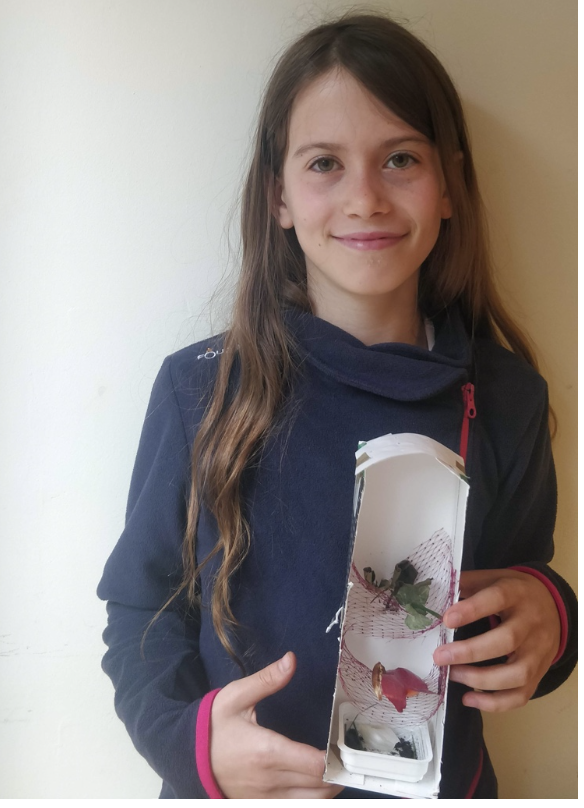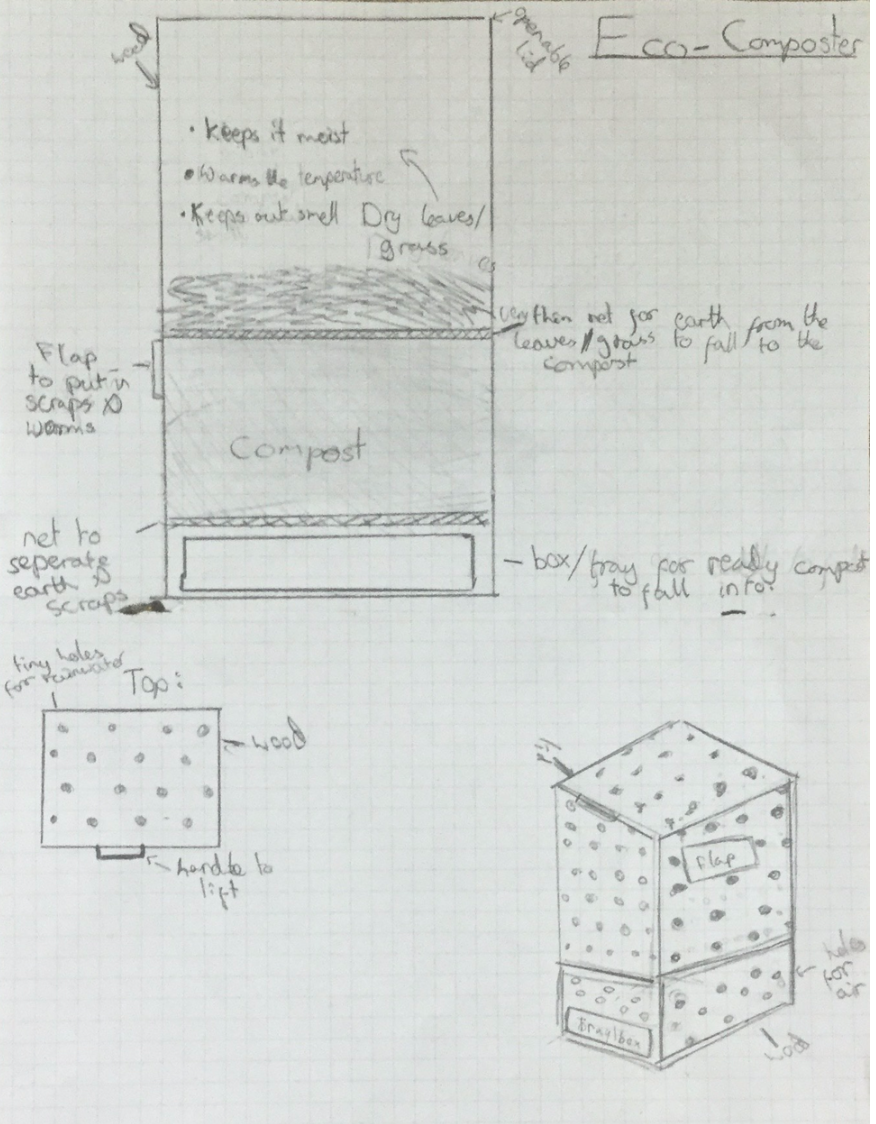Eco-Seminars organized by The Voices of Future Generations (VoFG) Initiative and the Cambridge Schools Eco-Council.
The Voices of Future Generations (VoFG) Initiative and the Cambridge Schools Eco-Council organised two free 60 minutes Online Eco-Seminars to raise awareness of key sustainability challenges and solutions. Children, students, families, and public members registered for free over Eventbrite and participated online over Zoom. Each Online Eco-Seminar included student and expert speakers.
The first eco-seminar focused on Emerging Environmental Technologies: Eco-technology and Clean Energy to Protect the Environment it took place on Monday 19 July 2021. The second eco-seminar focused on Nature-Based Solutions: Mangroves & Wetlands and took place on Monday 26 July 2021.
Both eco-seminars were hosted by the Cambridge Schools Eco-Council and the Voices of Future Generations Children's Rights Initiative.
Each Online Eco-Seminar focuses on two key sustainable development goals, such as Clean Energy (SDG9), Sustainable Cities and Communities (SDG11), Climate Change (SDG13) or Life on Land (SDG15). Each Online Eco-Seminar includes student and expert speakers.
Eco-Seminar 1: Emerging Environmental Technologies: Eco-technology and Clean Energy to Protect the Environment - 9-10 AM BST ON Monday 19 July 2021
Focus: How eco-technology contributes to the SDGs to promote green growth and improve sustainability?
Bonus: Launch of the UNESCO Voices of Future Generations (VoFG) book:
Stanley and EPIC by Jasper Chin Moody (Oceania)
Chairs:
Nico Roman, Cambridge Schools Eco-Council Co-Chair, Voices of Future Generations Child Ambassador, Kings College School Eco-Society Co-leader.
Freya Tikva, Gold Award Laureate, UNESCO Voices of Future Generations (VoFG) Children's Rights Initiative for Europe and Child Author of The Girl Who Changed Everything, Cambridge Schools Eco-Council Deputy Chair and Co-Chair of Eco-Activities Committee.
Speakers:
Dan Adams, Co-Founder and Co-CEO of Amber Electric
Sanjiv Fernando, Research Associate in RESOLVE’s Washington, D.C., office, where he develops and implements new technologies for wildlife protection, manages RESOLVE’s innovative conservation projects, applies data and spatial analysis to global conservation issues, and provides fundraising support for the Biodiversity and Wildlife Solutions program.
Jona David, founding Eco-Councillor of the Cambridge Schools Eco-Council, award-winning UNESCO Voices of Future Generations (VoFG) Children's Rights Initiative Alumni and Child Author of The Cosmic Climate Invention and other books, and
Jasper Chin Moody, Gold Award Laureate, UNESCO Voices of Future Generations (VoFG) Children's Rights Initiative for Oceania and Child Author of Stanley and EPIC.
If you were unable to be present in person during the event, you can access the recording here:
ECO-SEMINAR 2: NATURE-BASED SOLUTIONS: MANGROVES & WETLANDS - 4-5PM BST ON MONDAY 26 JULY 2021
Focus: What are nature-based solutions to climate change? How can we protect mangroves and wetlands?
Bonus: Launch of the UNESCO Voices of Future Generations (VoFG) books:
The Children Who Saved the Mangroves by Rehema Kibugi (Africa)
Journey for Tomorrow by Andrea Wilson (North America)
Chairs:
Nico Roman, Cambridge Schools Eco-Council Co-Chair, Voices of Future Generations Child Ambassador, Kings College School Eco-Society Co-leader.
Junayd Islam, Cambridge Schools Eco-Council former Co-Chair, key organizer of student climate strikes and city council live-streamed Eco-Council meetings.
Speakers:
Lilian Mwihaki, Marine Ecologist, PhD candidate at Edinburgh Napear University her research focuses on understanding carbon capture in Mangrove ecosystems.
Darlene Coyle, Policy Project Coordinator, Canadian Youth Biodiversity Network (CYBN), Associate Fellow, Centre for International Sustainable Development Law (CISDL).
Thomas Langford, Eco-Councillor in the Cambridge Schools Eco-Council, and winner of the Rotary Young Environmentalist Award for East Anglia.
Rehema Kibugi, Gold Award Laureate, UNESCO Voices of Future Generations (VoFG) Children's Rights Initiative for Africa and Child Author of The Children Who Saved the Mangroves.
Andrea Wilson, Gold Award Laureate, UNESCO Voices of Future Generations (VoFG) Children's Rights Initiative for North America and Child Author of Journey for Tomorrow, blog post author on the Sustainable Development Goals and Child Rights.
If you were unable to be present in person during the event, you can access the recording here:
For a flavour of other activities of the Cambridge Schools Eco-Council, please see https://www.cambschoolsecocouncil.uk
To know more about the Voices of Future Generations Initiative, please see https://www.vofg.org/
Please note: Students participate with permission under the supervision of parents/guardians from their homes.






